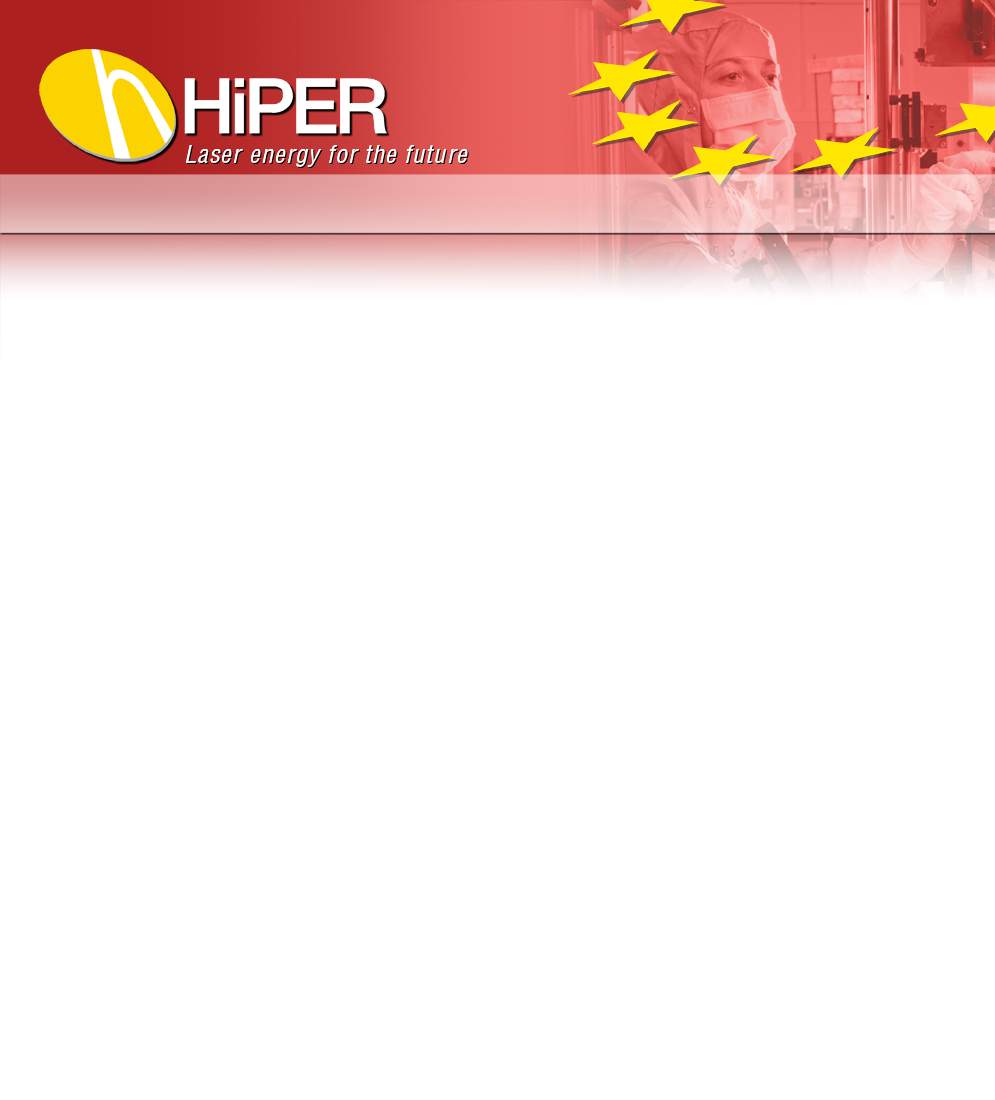
To survive during flight within a reactor, targets are protectively coated to minimise the effect of the high temperature environment. The coating prevents the DT fuel in the pellet from heat damage altering it beyond the point where laser pulses can trigger fusion.

For the pellet to remain viable, the shield will only provide protection for a limited period during which the target must complete its travel to chamber centre. In a Laser Energy plant fusion reactions must occur approximately ten times a second and, as the fusion chamber is ~5m in radius, these constraints mean the fuel pellet must be injected at high velocity.
Experiments and modelling have shown that a velocity of 500 to 1000ms-1 is likely to be required, although the acceleration imposed on the target must be no higher than 1000g (10000ms-2).
To achieve the required velocity without exceeding acceleration limitations, the injector must be ~50m in length. It must also operate at a very low temperature (14K or minus 269°C), allowing no heat energy to be passed into the target from the accelerating medium.
These challenging requirements can be met using electromagnetic launch technology combined with magnetic levitation and, possibly, a helium gas gun to provide an initial low temperature pump.
![]()